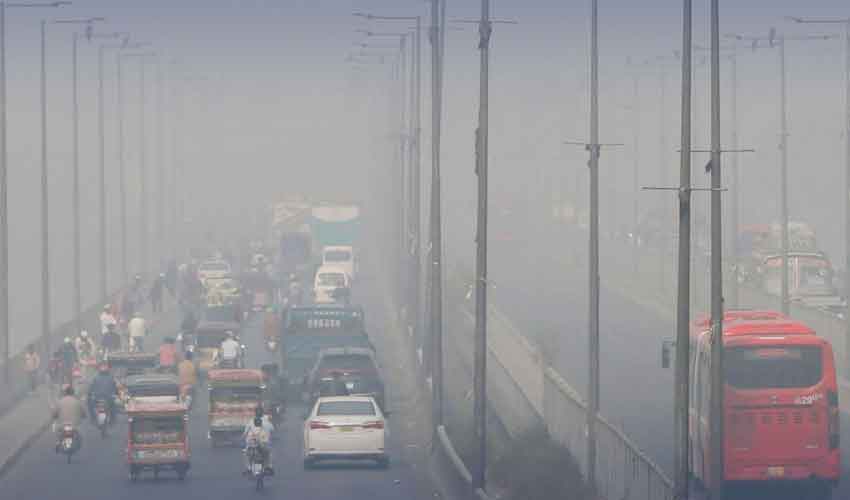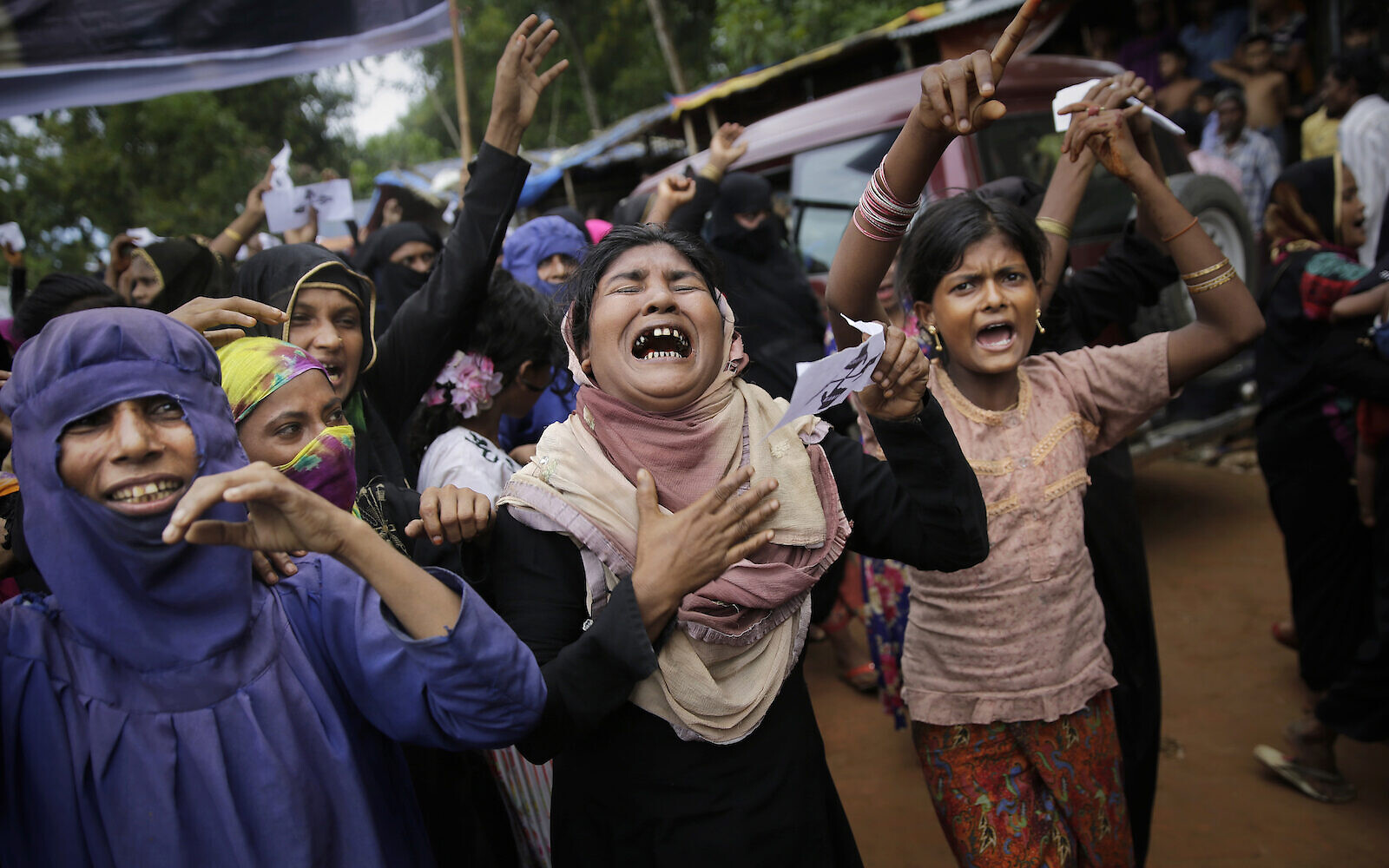The air quality in Lahore has reached critical levels, with the city recording a dangerously high Air Quality Index (AQI) of 1067, according to data from international air monitors.
The city's atmosphere is laden with toxic chemicals, measuring nearly 122 times above the World Health Organization's (WHO) recommended air quality guideline limits.
According to an international air monitor, Defense Phase 8 recorded a shocking AQI of 1853, the highest in the city. Askari 10 followed closely with a record AQI of 1720, while Defence Phase 5 recorded 1429.
The Mall road's AQI reached 1337, and the Gulberg area, a posh and one of Lahore’s busiest locations, recorded an AQI of 1312.
Experts warn that exposure to these levels of toxic air could lead to respiratory complications, particularly affecting those with pre-existing conditions. Medical professionals advise citizens to limit outdoor activities and to wear masks if going outside is unavoidable.
A day ago, the Punjab government had kicked off a 'green lockdown' in Lahore’s Shimla Pahari and surrounding areas to address severe smog levels as part of the Punjab chief minister’s multi-sectoral plan aimed at reducing air pollution.
The department concerned sprayed water mixed with disinfectants in smog-affected areas, including Abbott Road, Gulistan Chowk, Haji Camp, and Empress Road. Additionally, a hotline, 1373, was established for citizens to report high pollution levels.
The campaign also includes clearing encroachments, with authorities planting 200 sapling and plants while demolishing temporary structures on Haji Camp and Empress Road. Traffic congestion issues are being tackled through road repairs and the deployment of special surveillance teams.
Other measures implemented under the green lockdown include urging residents to adopt carpooling, relocating parking spaces outside congested areas, and monitoring emissions from power generators in government offices.



























